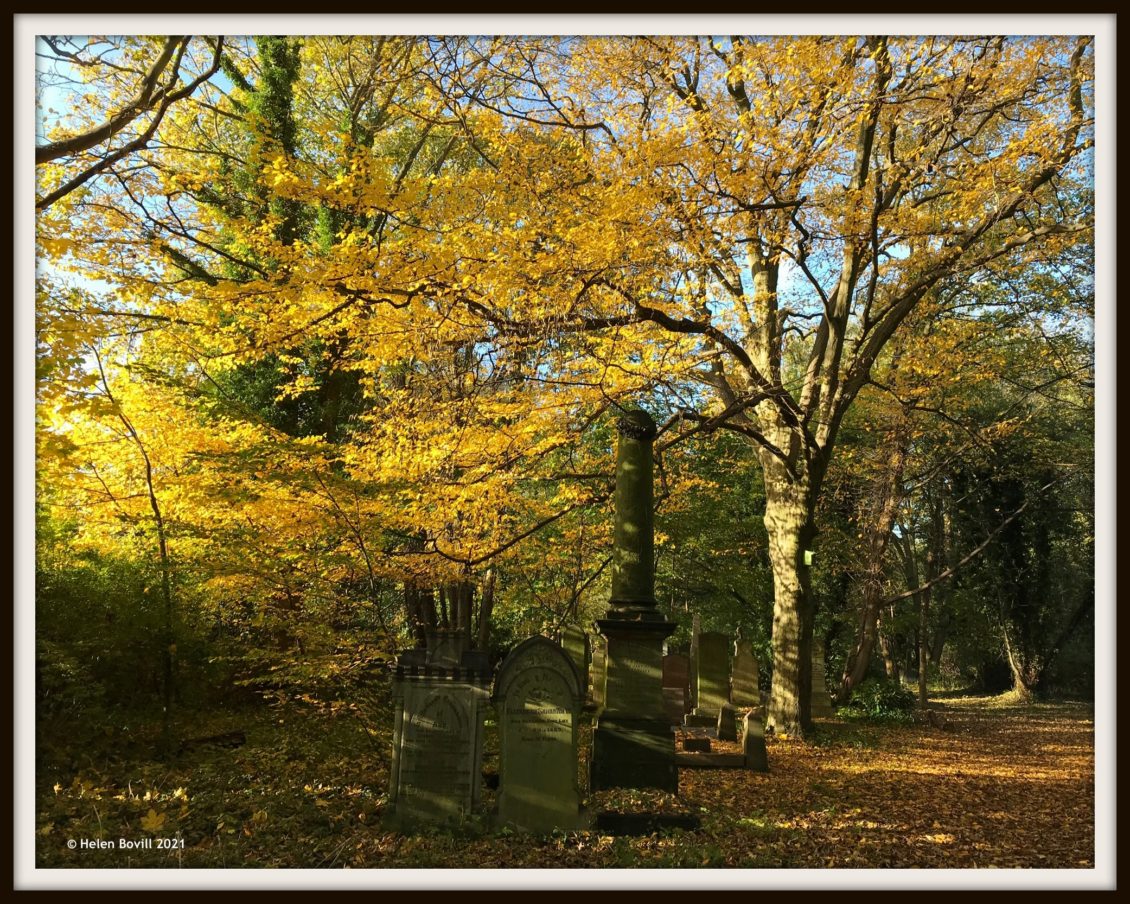Cemetery Wildlife November
November was a mild but damp month, and rather dull too with less sunshine than the previous month. But when the sun came out it highlighted the stunning beauty of the Autumn colours in a way that took one’s breath away. Many people I spoke to during my frequent walks around the cemetery also expressed their appreciation of this colourful sight.
Plants
This seems the ideal subject to talk about first, with the emphasis on trees as they are looking so good at the moment.
The main tree in the first photo is a Hornbeam – it is one of the species where the leaves turn yellow in Autumn. It seems to be a good year for leaf colour because I don’t recall seeing this tree looking so vibrant last year. This is located on the southern footpath not far from the main gates.
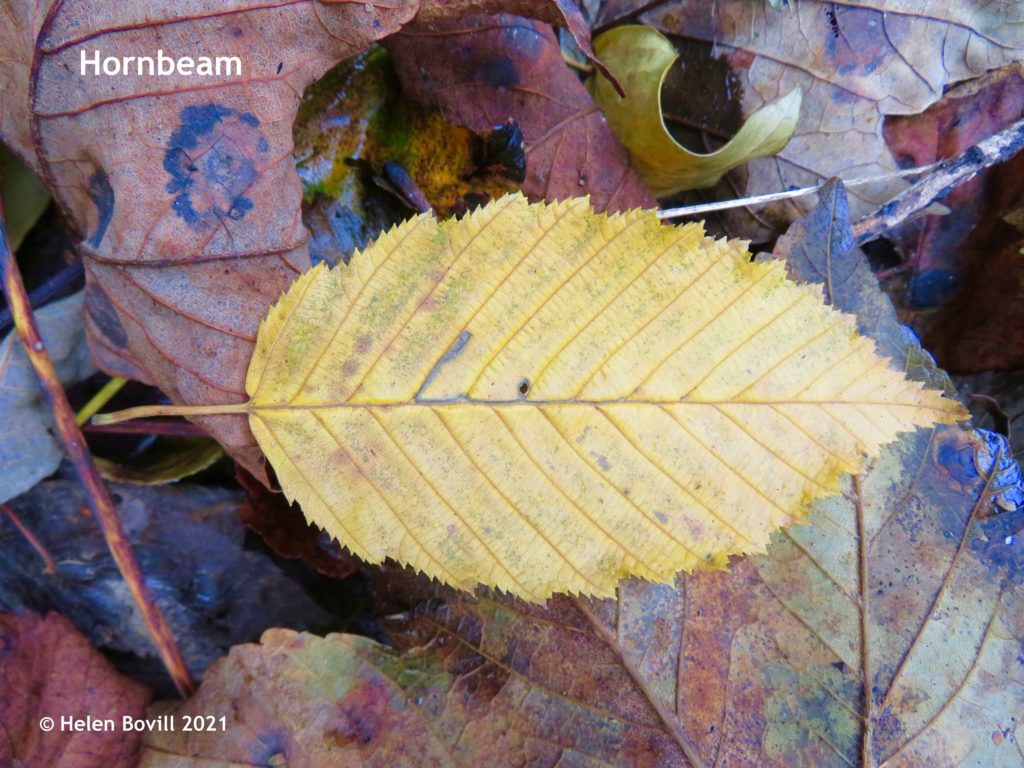
Another species where the leaves turn yellow in Autumn is the Norway Maple. These trees are also looking very vibrant and colourful, providing a carpet of yellow and gold along the southern footpath.
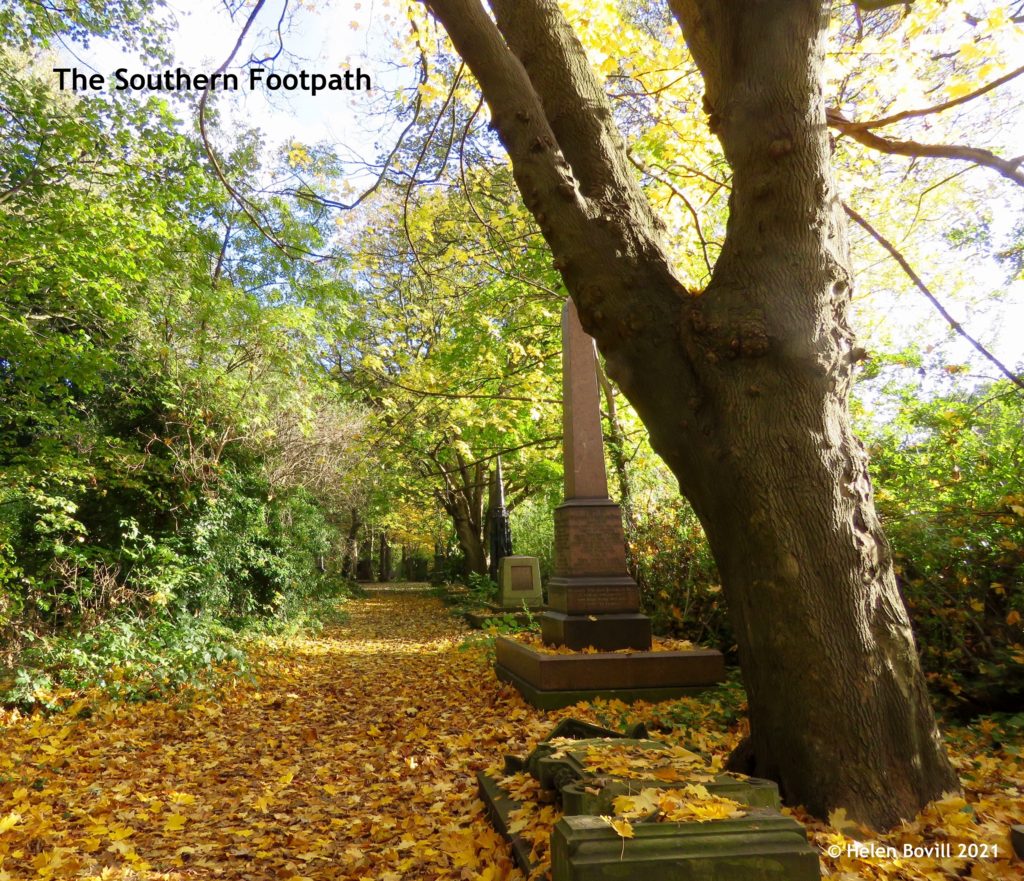
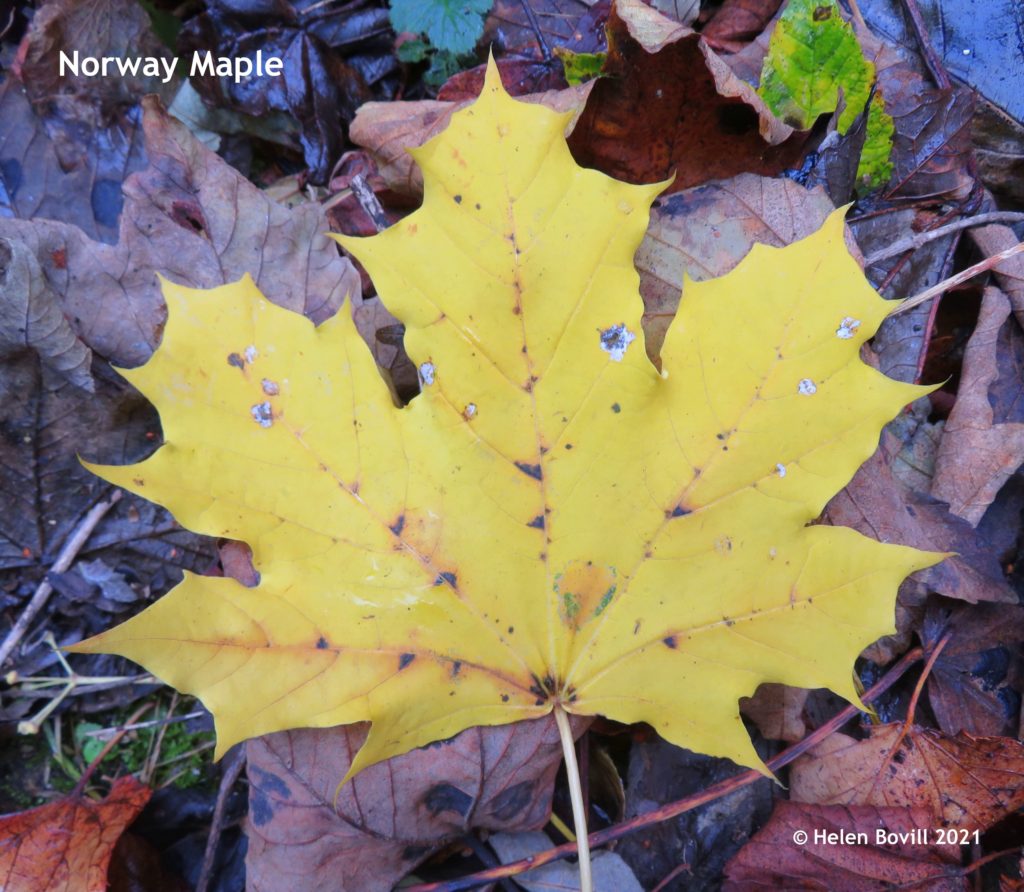
There are a number of Turkey Oaks in the cemetery and their leaves have now turned brown and lie on the ground in abundance. Earlier in the year the volunteers planted two English Oak trees but these are only saplings with many years’ growth ahead of them.
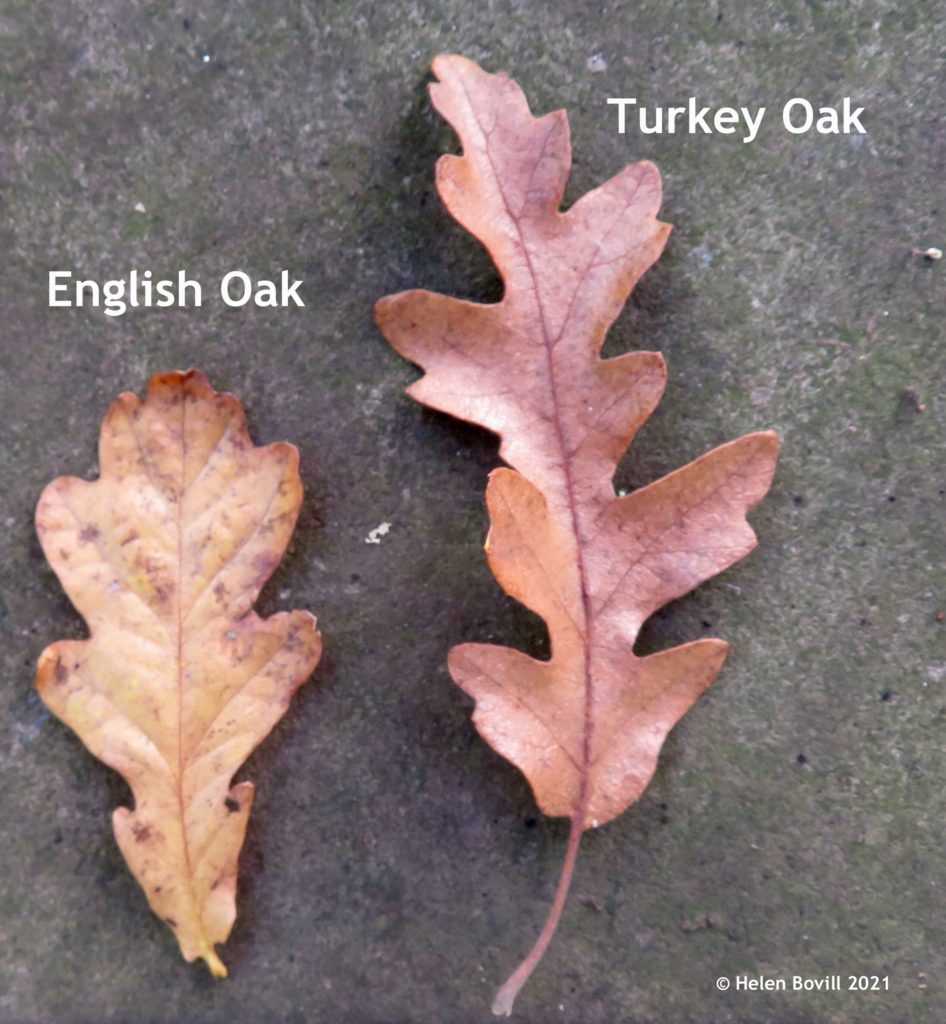
This shows the difference between the two species of Oak. Please note the English Oak leaf is only smaller because it came from a much smaller tree.
The impressive Beech tree in the centre of the cemetery (also known as the “money tree”) has now dropped all its leaves, creating a carpet of copper around it. But many of the deciduous trees still have plenty of green leaves on them.
There are still plenty of berries on the Pyracantha and Berberis bushes. I make no distinction between native and introduced species because to the cemetery wildlife they are simply just good sources of food.
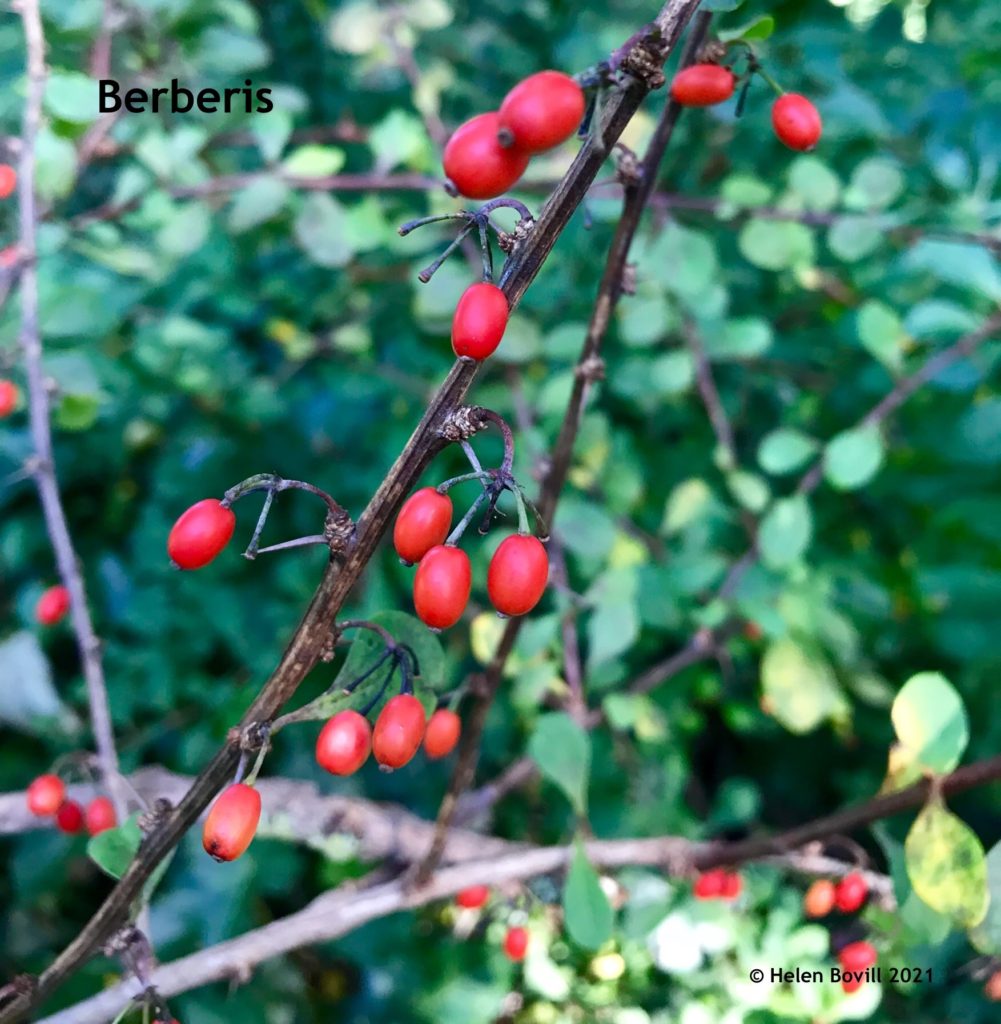
Mushrooms
From the largest structures in the cemetery, I now move on to some of the smallest. And if you spot them when they’ve only just started to grow, they really are small! They can be particularly hard to find amongst all the fallen leaves which often tower above them.
Mushrooms and other Fungi are often difficult to identify because their appearances can change very quickly.
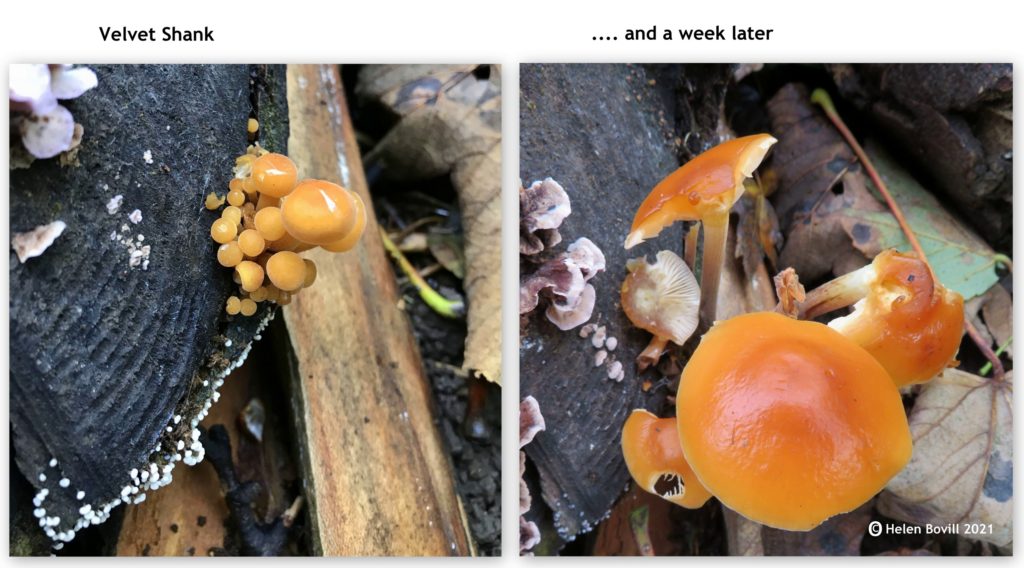
See what I mean? They are another good food source for the cemetery wildlife hence the presence of what looks like bite marks on the second photo. I have seen several other small mushrooms but I’ve been unable to identify them with any certainty. But I can report that one of the volunteers found some Haresfoot Inkcaps recently, and also some King Alfred’s Cakes. Yes, that really is the name of a fungus!
Another fungus that can be seen at the moment, usually on fallen trees and logs, is the Silverleaf Fungus. It starts off flat and then develops into rows of frills and other protuberances.
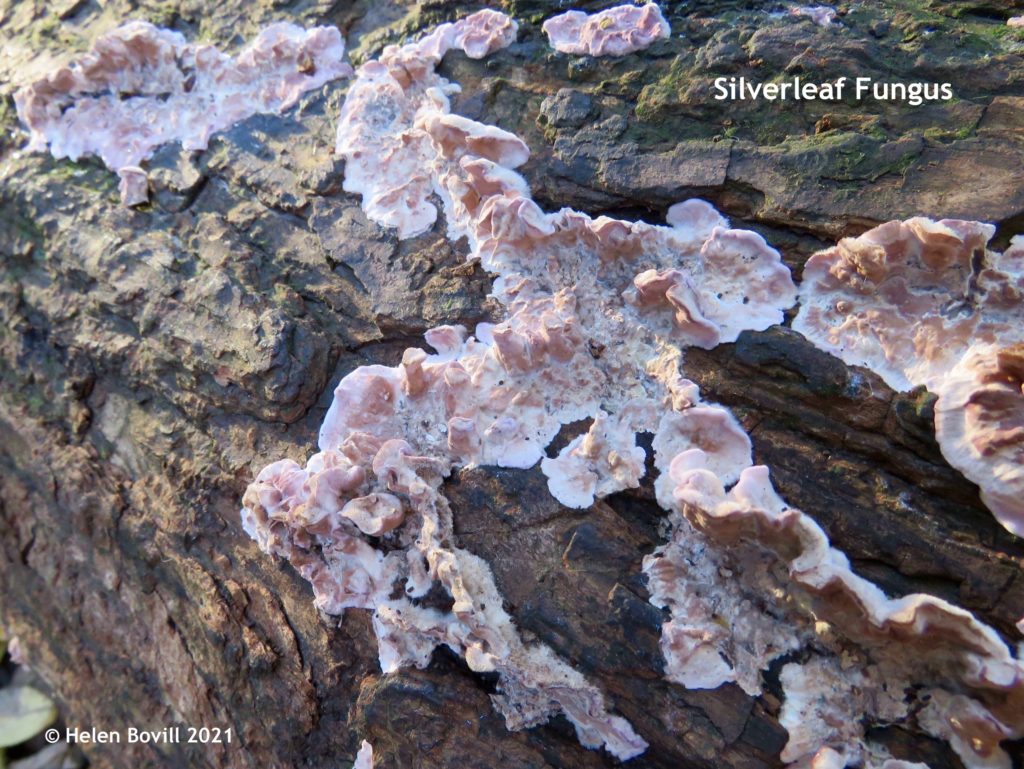
Birds
There are no unusual visitors to report this month. There are plenty of the usual resident species around such as Wood Pigeons, Robins, Wrens, Blackbirds, Chaffinches and Blue Tits. Stock Doves, Goldfinches, Coal Tits, Long-Tailed Tits and Dunnocks are also around.
There are also a number of Great Tits living in the cemetery. These are bigger than Blue Tits and slightly bigger than Goldfinches.
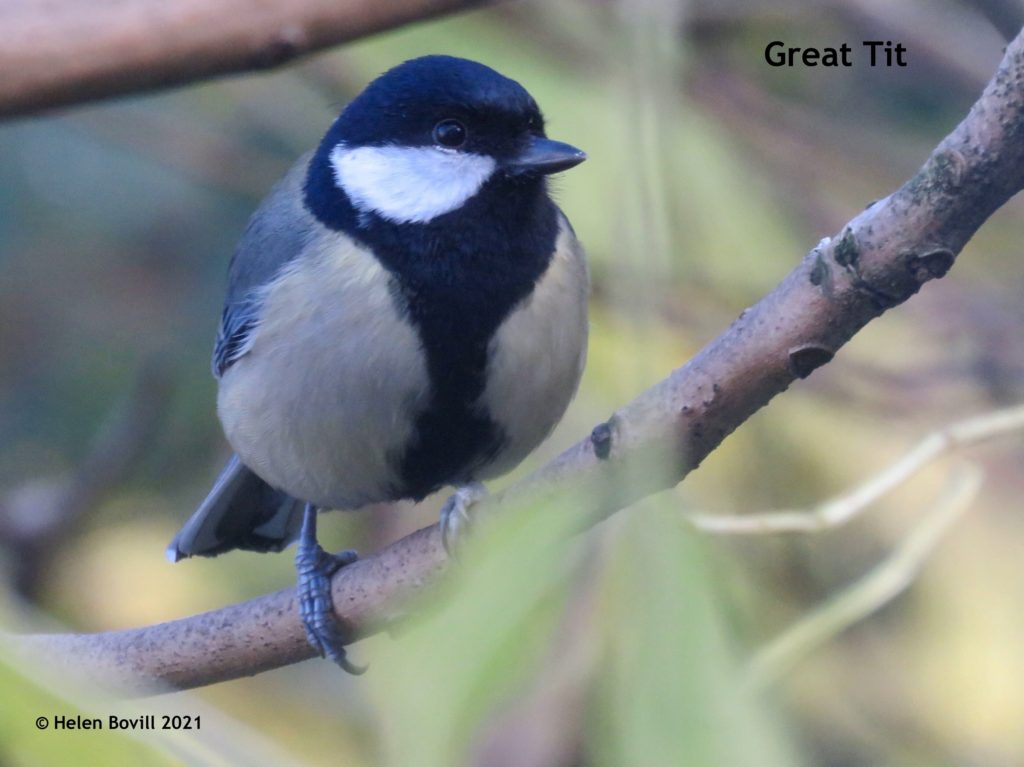
Adult birds in full breeding plumage usually have chests that are a much brighter yellow than this one. They can look stunning when the sun shines on them.
Insects
It seems strange not to be talking about butterflies but it is November after all. However, one of the volunteers DID find a Small Tortoiseshell in her house a couple of weeks ago! But it was nowhere near the cemetery.
There are still lots of Ladybirds around and wasps and hoverflies too. There are also plenty of tiny insects around for the birds to find up high in the trees.
Conclusion
November has been a good month for the cemetery, with the trees being the real stars this time. Birds are around in good numbers and it is always a delight to see new types of fungi. It’s the perfect time for a leisurely stroll to marvel at all the lovely cemetery wildlife! Cemetery Wildlife October


